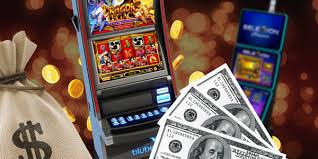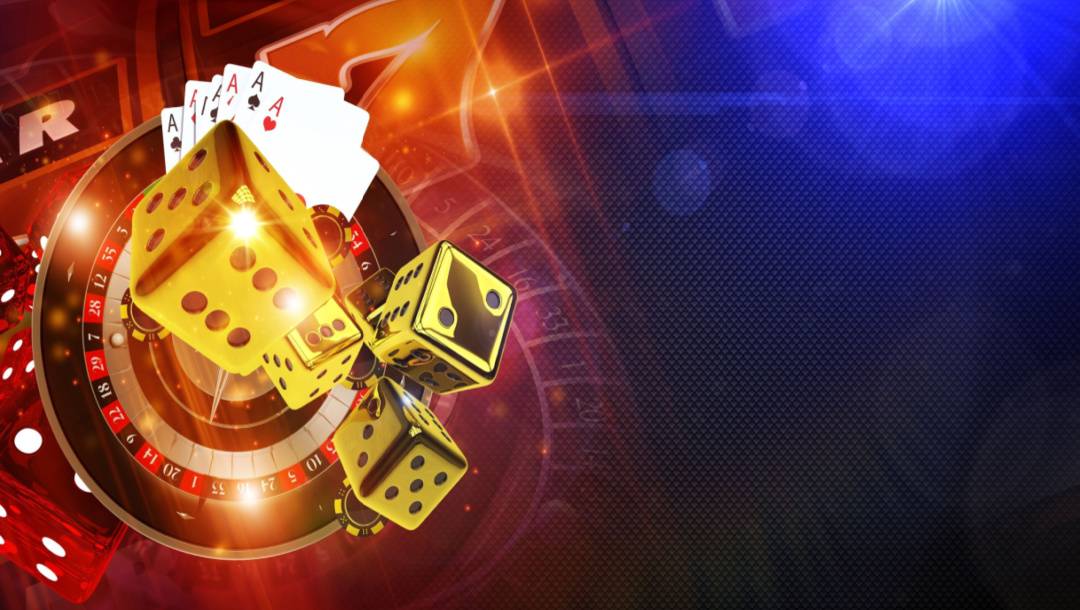
Loyalty Programs That Truly Reward: Unlocking the Benefits
Loyalty programs have become a cornerstone of customer engagement strategies for businesses across various industries. The primary goal of these programs is to foster customer devotion while rewarding them for their patronage. However, not all loyalty programs are created equal. While some schemes offer enticing rewards, others fail to deliver genuine benefits. In this article, we will explore loyalty programs that actually reward customers, highlighting effective strategies and real examples. For those interested in enhancing their reward experience, consider checking out the Loyalty Programs That Actually Reward You baji 999 app.
Understanding the Essence of Loyalty Programs
Loyalty programs are structured marketing strategies designed to encourage repeat business by offering rewards to customers for their purchases. These rewards can take various forms, including discounts, points redeemable for products, exclusive offers, and even cashback. The effectiveness of a loyalty program is measured by its ability to incentivize consumers to return and engage with a brand over time.
Characteristics of Successful Loyalty Programs
The most effective loyalty programs share several key characteristics:
- Clear and Simple Structure: Customers should easily understand how they can earn and redeem rewards. Complicated rules can lead to confusion and dissatisfaction.
- Valuable Rewards: Rewards should be desirable and relevant to the customer base. Offering products or services that resonate with the audience can significantly enhance the program’s appeal.
- Personalization: Tailoring rewards based on customer preferences and behaviors can increase engagement. Personalized experiences make customers feel valued and appreciated.
- Accessibility: Customers should be able to easily access their rewards, whether through a user-friendly app or an intuitive website.
- Communicative: Continuous communication about rewards and updates can keep customers engaged and encourage them to return to the brand.

Real-Life Examples of Rewarding Loyalty Programs
Let’s explore some real-life examples of loyalty programs that embody these characteristics and deliver genuine value to their customers.
Starbucks Rewards
Starbucks has mastered the art of loyalty programs with its Starbucks Rewards program. Customers earn stars for every purchase, which can be redeemed for free drinks and food items. The app also allows users to reload their cards and receive personalized offers. The program’s simplicity and clear rewards structure make it attractive, and the personalization keeps customers engaged.
Sephora’s Beauty Insider
Sephora’s Beauty Insider program is highly regarded for its tiered rewards system, which offers different levels (Insider, VIB, and Rouge) based on annual spending. Members receive exclusive products, birthday gifts, and access to special events. The tiered structure incentivizes higher spending while making customers feel recognized and appreciated for their loyalty.
Amazon Prime
Amazon Prime combines shopping benefits with various perks, including free shipping, exclusive deals, and access to streaming services. Members feel they are getting incredible value for their subscription, which keeps them engaged with Amazon and encourages them to shop more frequently.

Challenges and Pitfalls in Loyalty Programs
While many loyalty programs successfully engage customers, some encounter challenges that hinder their effectiveness:
- Overcomplicated Rules: Complex point systems and intricate redemption processes can alienate customers rather than encourage loyalty.
- Irrelevant Rewards: Offering rewards that do not resonate with customer interests often leads to disengagement.
- Lack of Communication: If customers are not informed about how to maximize their rewards or redeem them, they may lose interest.
Tips for Creating a Rewarding Loyalty Program
For businesses aiming to establish their own loyalty programs, here are some tips to consider:
- Know Your Customers: Understanding customer preferences and behaviors can help in designing a program that meets their needs and desires.
- Simplify the Structure: Ensure that customers can easily understand how they earn and redeem rewards.
- Regularly Update Rewards: Refresh rewards based on customer feedback and market trends to maintain engagement.
Conclusion
Loyalty programs that truly reward customers combine clear structures, valuable rewards, and personalized experiences to foster long-term relationships. By focusing on what customers want and ensuring ease of use, brands can cultivate loyalty and drive repeat business. With the right approach, businesses can create programs that resonate with their customers, leading to mutually beneficial outcomes. Whether you’re exploring existing options or developing a new initiative, understanding the principles behind effective loyalty programs is crucial in maximizing rewards for both customers and businesses alike.

